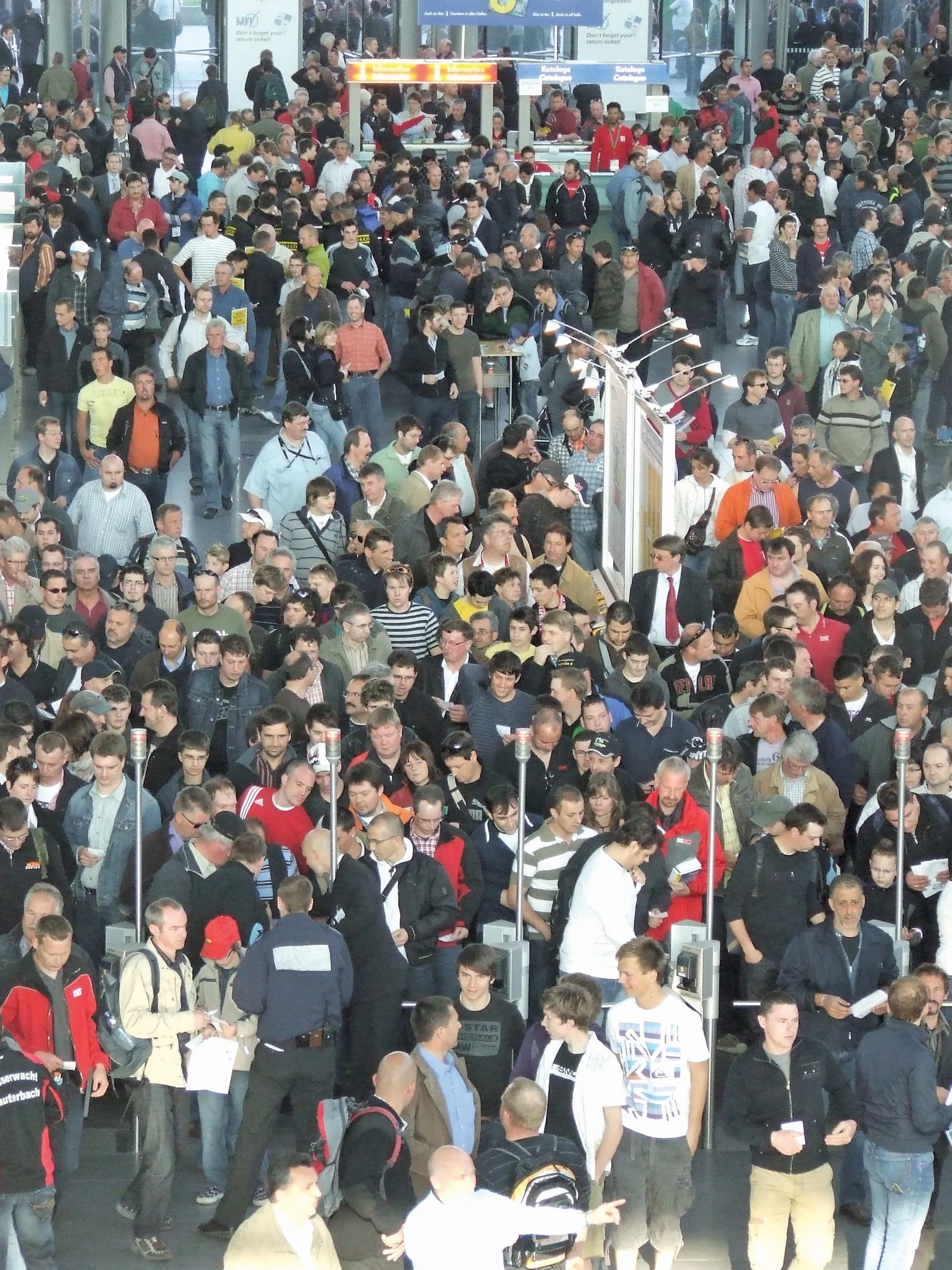Global turnover recorded by Italian construction equipment companies in 2011 totalled €2.69 billion.
Despite their global turnover increasing by 6.4% in 2011 compared to levels achieved in 2010, Italian construction equipment company turnover is still down 42% compared to 2008. Details of Cribis D&B’s findings following research commissioned by the Unacea trade association were revealed during the recent Construction Equipment Day at Ecomondo Fair in Rimini, Italy. Further Cribis D&B figures for 2011 show
November 16, 2012
Read time: 3 mins
Global turnover recorded by Italian construction equipment companies in 2011 totalled €2.69 billion.
Despite their global turnover increasing by 6.4% in 2011 compared to levels achieved in 2010, Italian construction equipment company turnover is still down 42% compared to 2008.
Details of Cribis D&B’s findings following research commissioned by the2539 Unacea trade association were revealed during the recent Construction Equipment Day at Ecomondo Fair in Rimini, Italy.
Further Cribis D&B figures for 2011 show that at an Italian subsector level, earthmoving machines registered a global turnover of €940 million (6% less than 2010); €593 million (-19,2%) turnover was recorded from drilling machines; €474 million (-2,1%) from concrete machines; €287 million (-6,5%) from road machinery; €117 million (-0,8%) from tower cranes; €68 million (-15,2%) from crushing and screening equipment; and €237 million (+8,2%) from attachments. The Cribis D&B study also revealed that, since 2007, there has been a decrease from 60.6% to 41.8% in the trend of punctual payments in the construction sector.
Meanwhile, the Italian domestic market for construction machinery is still shrinking.
In the first nine months of 2012, 5,407 construction equipment sales were achieved - a decrease of 29% compared to the same period of 2011. “We have reached the lowest peak since gathering of statistical data were started in Italy in 1980, but the Italian government is not paying any attention to this,” said Alberto Caletti, a councillor in Unacea. “It is absurd that the recent law on payment delays will come into effect only as of 2013, and it will not concern public works.”
At the Construction Equipment Day, Marco Prosperi, secretary of Assodimi (the italian association of rental and dealer companies of industrial machines), presented the latest Italian domestic construction equipment rental data. 2011 recorded a domestic construction equipment rental turnover of €1.5 million, a fall of 11.8% compared to peak rental turnover of 2007. Assodini estimate that domestic rental turnover for 2012 will be 10% down on the value recorded in 2011. However, Prosperi said 2013 could see increased domestic construction equipment rental turnover, even though public administration delays in payments could threaten the future of several companies.
From a Europe-wide perspective,3399 CECE (the Committee of European Construction Equipment) estimates that 2012 European construction equipment sector turnover should be at €25 billion by the end of the year – an increase of 6% compared to 2011. Companies’ expectations are said by Cece to be negative for the future as the main markets in Europe, except Russia and Turkey, continue shrinking.
“The deterioration of expectations among European producers makes our struggle in Brussels even harder,” said Valentina Mauri, Cece public affairs & communication attaché. “In order to make European institutions understand that European industry must be protected and supported so as not to lose its technological know-how and occupational volume, market surveillance is vital. National states, and Italy among them, should do more by giving surveillance authorities adequate instruments and resources to strike out machinery which are not compliant in terms of safety and environmental regulations. Such regulations imply huge investments on the side of the industry and cannot hence be observed only by some without producing a situation of unfair competition.”
Created in 2010, Unacea is a trade association that, at present in terms of production, represents over 70% of the value of all earthmoving and concrete equipment industry in Italy.
Despite their global turnover increasing by 6.4% in 2011 compared to levels achieved in 2010, Italian construction equipment company turnover is still down 42% compared to 2008.
Details of Cribis D&B’s findings following research commissioned by the
Further Cribis D&B figures for 2011 show that at an Italian subsector level, earthmoving machines registered a global turnover of €940 million (6% less than 2010); €593 million (-19,2%) turnover was recorded from drilling machines; €474 million (-2,1%) from concrete machines; €287 million (-6,5%) from road machinery; €117 million (-0,8%) from tower cranes; €68 million (-15,2%) from crushing and screening equipment; and €237 million (+8,2%) from attachments. The Cribis D&B study also revealed that, since 2007, there has been a decrease from 60.6% to 41.8% in the trend of punctual payments in the construction sector.
Meanwhile, the Italian domestic market for construction machinery is still shrinking.
In the first nine months of 2012, 5,407 construction equipment sales were achieved - a decrease of 29% compared to the same period of 2011. “We have reached the lowest peak since gathering of statistical data were started in Italy in 1980, but the Italian government is not paying any attention to this,” said Alberto Caletti, a councillor in Unacea. “It is absurd that the recent law on payment delays will come into effect only as of 2013, and it will not concern public works.”
At the Construction Equipment Day, Marco Prosperi, secretary of Assodimi (the italian association of rental and dealer companies of industrial machines), presented the latest Italian domestic construction equipment rental data. 2011 recorded a domestic construction equipment rental turnover of €1.5 million, a fall of 11.8% compared to peak rental turnover of 2007. Assodini estimate that domestic rental turnover for 2012 will be 10% down on the value recorded in 2011. However, Prosperi said 2013 could see increased domestic construction equipment rental turnover, even though public administration delays in payments could threaten the future of several companies.
From a Europe-wide perspective,
“The deterioration of expectations among European producers makes our struggle in Brussels even harder,” said Valentina Mauri, Cece public affairs & communication attaché. “In order to make European institutions understand that European industry must be protected and supported so as not to lose its technological know-how and occupational volume, market surveillance is vital. National states, and Italy among them, should do more by giving surveillance authorities adequate instruments and resources to strike out machinery which are not compliant in terms of safety and environmental regulations. Such regulations imply huge investments on the side of the industry and cannot hence be observed only by some without producing a situation of unfair competition.”
Created in 2010, Unacea is a trade association that, at present in terms of production, represents over 70% of the value of all earthmoving and concrete equipment industry in Italy.







